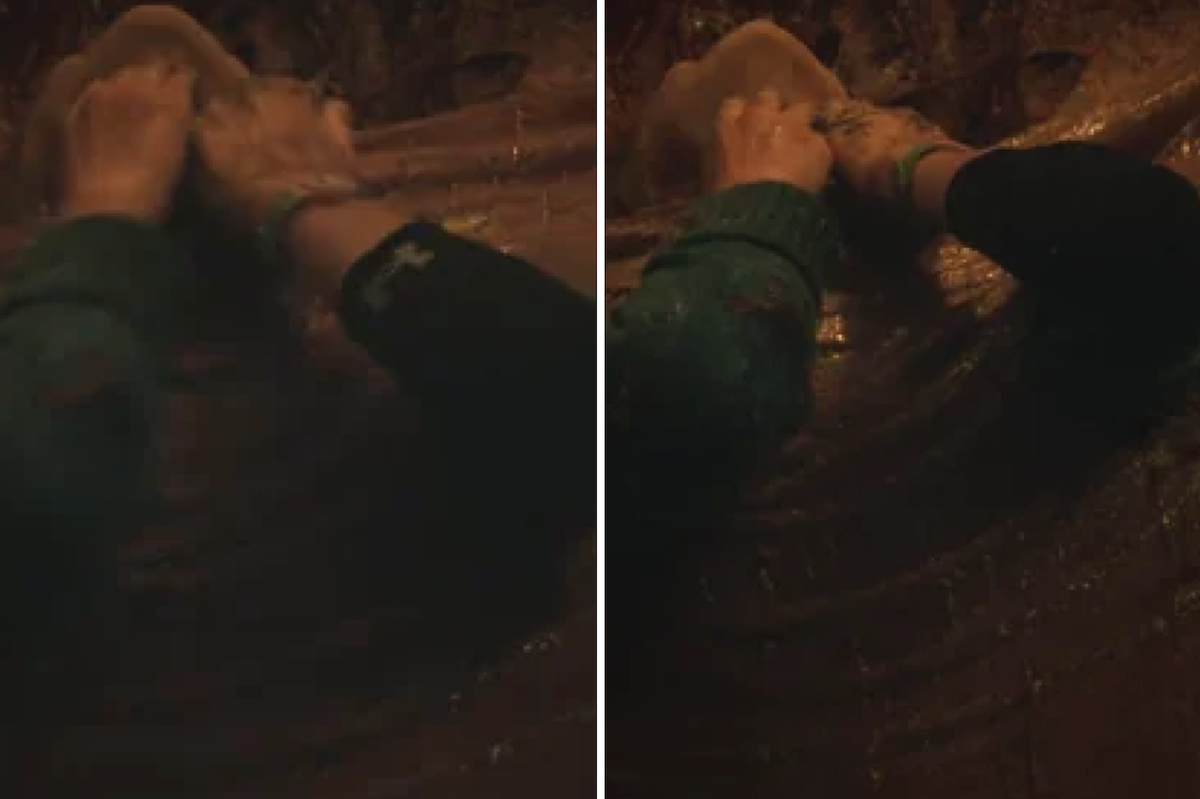News
Evan Bartlett
Nov 24, 2014
A team of researchers discovered the cause behind high levels of melting ice in one of Antarctica's most stable environments by using time-lapse video technology.
Jay Dickson, of Brown University, travelled with colleague Joseph Levy of the University of Texas to the McMurdo Dry Valleys in Antarctica to analyse the force behind the melting ice - taking photos every five minutes over the course of two-month periods.
Because of high-force katabatic winds, the McMurdo Dry Valleys are the only area of Antarctica not entirely covered by snow and ice - however, they are also extremely stable environments, which makes changes harder to track.
Scientists had previously thought that a process called "calving" - where the river below breaks off big chunks of ice - was causing the ice to retreat, but time-lapse videos have shown that solar radiation is by far the biggest driver.
The hunt is on for where climate change is manifesting itself. That’s been a challenge in Antarctica because changes there are extremely slow. Time-lapse allows us to speed that up and understand how it’s working.
- Jay Dickson
Dickson and Levy will head back to Antarctica next month for their seventh visit to analyse details of the Earth's changing climate and also hope their findings may improve our understanding of conditions on icy planets like Mars.
Using remote sensing technology, the team has previously discovered that the rate of melting in certain areas of Antarctica was more rapid over the past 10 years than it was at any time in the previous 10,000 years.
In the video above, parched, salty soil on the valley floor draws moisture from the air and the “water tracks” darken when humidity increases. The team believe the same process could be happening on Mars.
More: This beautiful visualisation highlights a troubling reality
Top 100
The Conversation (0)












